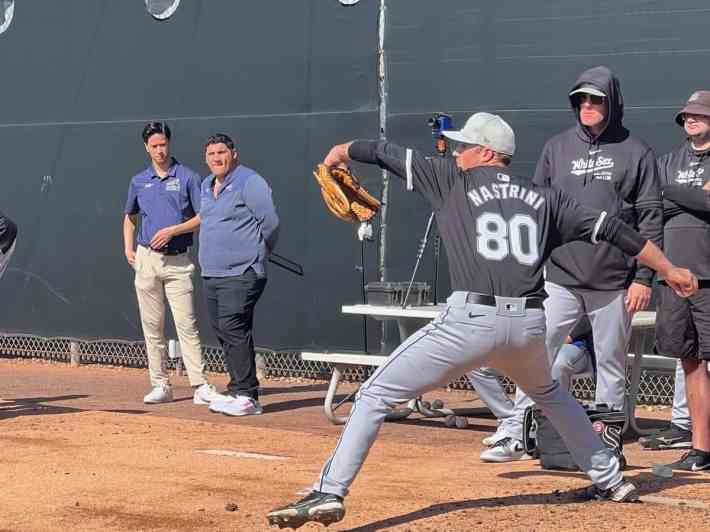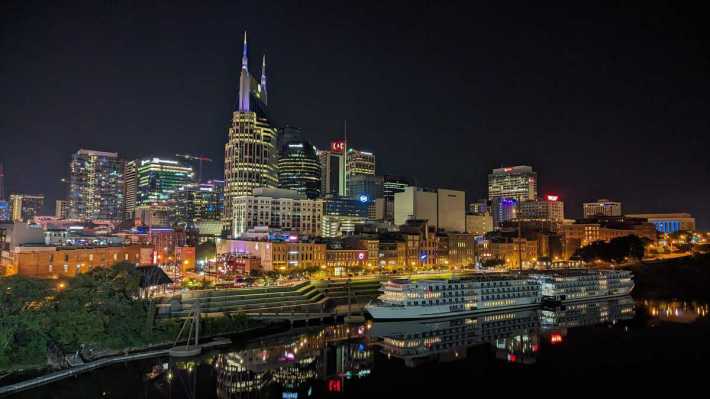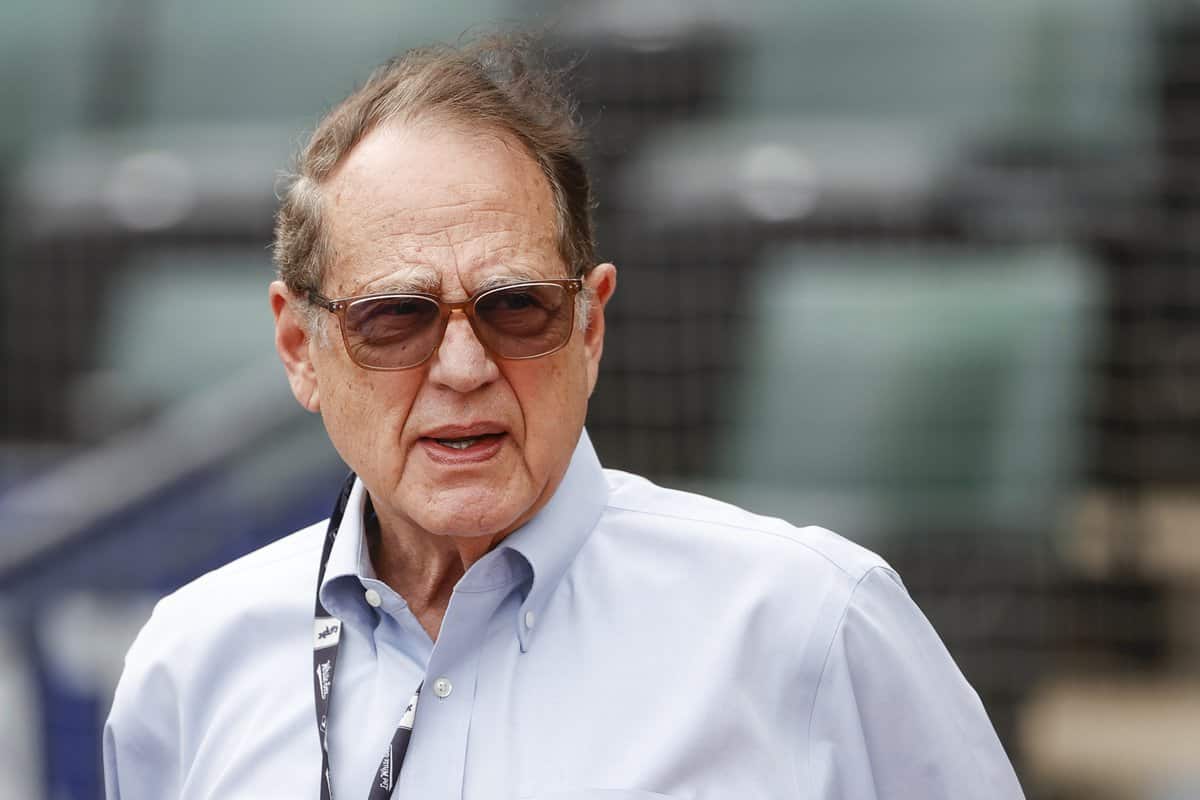Jerry Reinsdorf made his visit to Springfield to make an in-person case with Illinois leadership for $1 billion in subsidies for a new South Loop ballpark, and if he angled for a charm offensive, he didn't show that hand to the media.
He used the word "cordial" with regards to meetings, but he was shorter on words when the media asked about any specifics for his request:
He said he didn’t know if any legislation would be filed during the spring session pertaining to his proposal. When asked about the specifics of his request to lawmakers, Reinsdorf replied, “Come on, that’s enough fellas.”
And:
Isabel: Sir, why do the White Sox need another subsidy after being…
Reinsdorf: Oh, I don’t want to talk about that.
For those capable of cognitive dissonance, it's tough to square up being as dismissive of the public as Reinsdorf is, while asking for all of its money (Illinois has a $900 million budget shortfall). The question is whether Reinsdorf's blithe disregard for the general populace will end up hurting him ...
... or whether a lot of this has already been generally agreed to, and everybody's just going through the motions.
This is a good time to mention that on a special episode of the Sox Machine Podcast, you can hear Josh's discussion with Justin Laurence of Crain's Chicago Business. Those who support Sox Machine on Patreon were able to provide us with their questions about the proposal, and we got a boatload of them. There's never a bad time to start supporting us, I keep telling you that.

The Uniforms are still upsetting
The greater baseball world has had several days to adjust their eyes to the new uniforms, but they're not any closer to acceptance.
In fact, The Athletic's Sam Blum says that the MLBPA is "frustrated" with the new uniforms and is seeking changes to them before Opening Day.
While the new uniform templates are ugly, what with the too-small lettering and colors that fail to match the signature hues of several teams, the leading concern is about the pants. Pitchers could previously customize them to their preference -- to out of necessity, for those with outsized trunks -- and while Nike sent tailors to the Cincinnati Reds' spring training site for alterations, it was only for waist and inseam.
Also, this tweet featuring Cal Raleigh -- he of Big Dumper fame -- shows why players have been describing the material as "paper."
Amanda Mull, who writes about consumerism for The Atlantic, says the backlash is warranted, but it's not likely to get better anytime soon. There's the legitimate case for a divide: Fabrics that help athletes might keep evolving further away from fabrics that look good on everyday fans, and it remains to be seen if the thinner, paper-like jerseys deliver in high temperatures like Nike claims.
But it's also -- and likely more -- that jerseys are getting dragged down by the same forces that favor cheaper, more disposable fast fashion.
These changes point to a larger issue that’s driving so much dissatisfaction with team merch in general, among players and fans alike. Design and fabrication duties used to be shared by many different brands and producers; for much of professional-sports history, teams all chose their own jersey suppliers. But those duties have become more and more centralized in the past few decades, leading to a market where the aesthetic choices are controlled by a very small group of companies—Nike, Fanatics, a handful of other inescapable sports brands—that have dominion over nearly the entire market, no matter the sport. The result: A lot of things now look sort of bad, and also sort of the same. When one of those brands duffs a new release, far more people notice because it affects a far wider swath of fandom than it would if the decision making weren’t so centralized. Nike didn’t make just one baseball team’s jerseys reminiscent of a knockoff—it made all 30 look that way. It’s no coincidence that as this collection of behemoths has executed a widespread blanding of the sports-merch market, sales of vintage sports apparel have exploded
This phenomenon is hardly limited to sports. Clothing is available in larger quantities than ever before in human history, but that quest for scale has resulted in reduced quality and an inescapable blandness all over the apparel market—in knitwear, leather goods, clothes of all kinds. Fans venting their frustrations over jerseys have likely encountered a version of these issues while trying to buy other things, but the jerseys are a bridge too far.

The favorites for expansion
With Rob Manfred announcing that he wants two expansion cities selected by the end of his final term as commissioner in 2029, Jeff Passan identified the two current front-runners for Major League Baseball's new frontiers: Nashville and Salt Lake City.
Passan issues a caveat that expansion is unlikely to happen until the early 2030s, and the probabilities could shift between now and then. Salt Lake City, for example, just emerged as a real player in the last six months, with their courtship of the Oakland A's as a temporary home drawing attention to their greater ambitions.
Nashville's status as the most likely eastern expansion city has been established for longer:
Since the formation of the Music City Baseball group five years ago, Nashville's status as the most favorable East Coast expansion opportunity has been treated by owners as almost a fait accompli, sources said. [...]
Nashville satisfies a number of characteristics MLB will seek when it expands, sources said. Because of the partnerships Music City Baseball has forged in the industry, the brand it has built with the Nashville Stars -- originally the name of the city's Negro Leagues team -- and Tennessee's existing baseball fandom demonstrated through sold-out games at Vanderbilt and the University of Tennessee, the group's foundation is solid. Add the city's bustling corporate infrastructure, and on paper, Nashville is a tailor-made option, according to three high-ranking MLB team officials familiar with the expansion process.
But Nashville's plan doesn't yet have a stadium site or a general partner ready for a major cash outlay, so it's possible that they could be usurped in time by a North Carolina city or, less likely but close to my heart, Montreal. Unlike St. Petersburg in the 1980s, which had the Suncoast Dome ready for any MLB team willing to relocate there, the new markets are going to need the lead time expansion provides to get all of their affairs in order.






